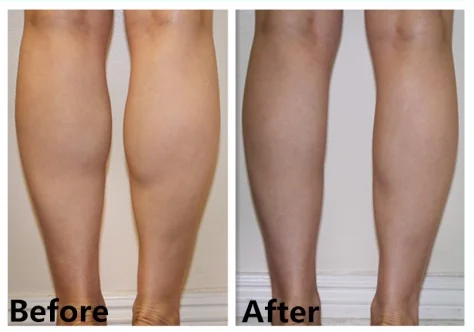Women who are unhappy with their calves are now opting to pay £300 to have them injected with Botox. Calf Botox is a fast-growing area of the multi-million-pound Botox market and it promises to shave inches off chunky calves, but doctors warn it could cripple or even kill you.
Calf Botox, as it’s been dubbed, is now one of the fastest-growing areas of the multi-million-pound Botox market. While Botox, the brand that has become synonymous with botulinum toxins, is cosmetically injected to iron out wrinkles, the NHS to treat cerebral palsy, facial tics, writer’s cramp and even long-term hiccups, thanks to its ability to paralyse nerves, thus preventing muscle contractions, also uses it.
With this treatment, the toxin is injected into the calf muscle, paralysing certain nerves, and preventing it from contracting fully. This forced relaxation of muscle contours and slims the appearance of the leg. It may sound dramatic, but the procedure is designed to affect only a small proportion of the outer muscle fibres, so that you’re still able to walk normally afterwards.
For those with a genetic predisposition to large calf muscles, or for women who exercise or wear high heels a lot and subsequently develop them, the treatment can knock more than 2 cm off the circumference of each calf for up to six months. And this winter’s trend for knee-high boots has caused a stampede for the treatment.
As with facial Botox, the treatment, which can cost from £200 to £1,450, is non-surgical and non-invasive, requires little to no downtime and takes just minutes. Because the calf is a large muscle, a high dose of Botox is needed to have an effect — more than ten times what you would put into your face: 20 units versus 250 units.


